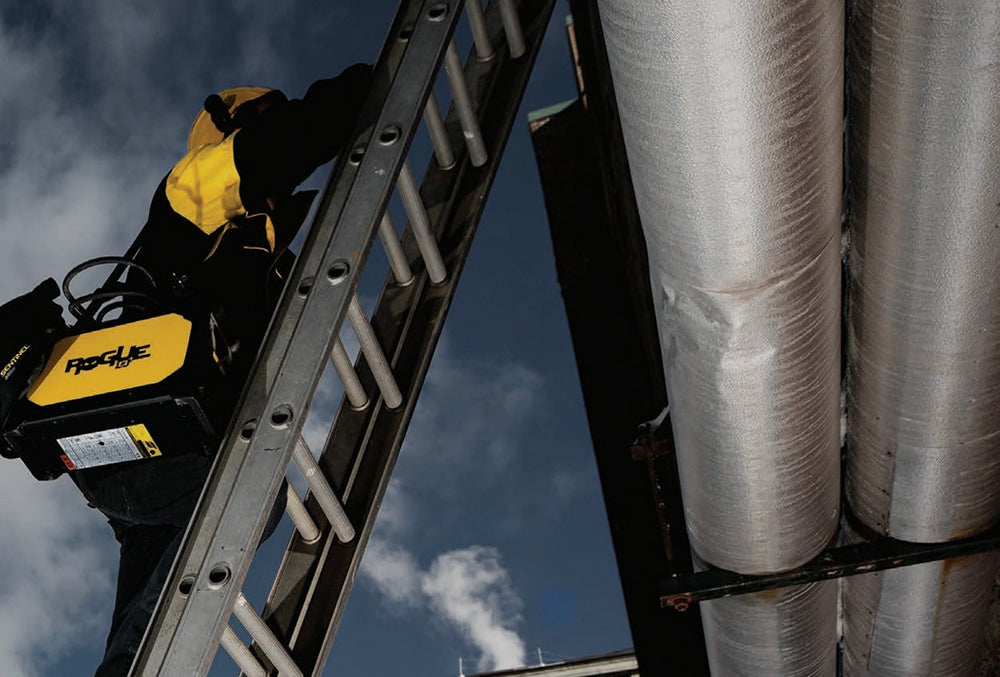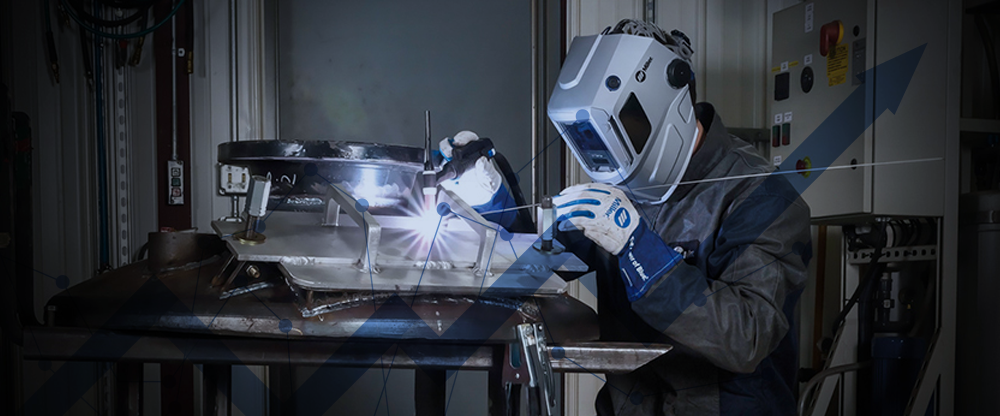It’s both magic and unsettling at the same time to watch a 3D printer at work. Its movements are cold, calculated and unnatural. Where a person would approach a project from multiple angles, the printer simply does one line at a time. Like something from a 1970’s sci-fi movie, a shape emerges from a spool of plastic wire.

Up until a few years ago, 3D printing was largely confined to the realm of plastics, mainly producing proto-types or small trinkets. But recently, more and more materials are being experimented with. There are now 3D printers that create clay pots or make intricate chocolate Easter bunnies. But 3D printing metal parts has always been seen as the El Dorado of new processes.
Up until last year, 3D printing metal wasn’t worth the price tag. But with a number of patents expiring and 3D metal printing becoming cheaper every day, some welders are wondering “What does this mean for welding?”
How 3D Printing Metal Actually Works
It all starts with a powder, which is basically tiny grains of metal crushed so finely, it flows through your fingers like sand. The powder is spread out into a thin layer and then melted in certain spots with a laser, creating the first level of the print. Then another thin level of powder is added and the process repeats.

As each layer is added, the metal part begins to take shape where the laser has melted the powder. The printer continues, producing a very thin layer each time until all the layers are complete. The part is then dug out of the unmelted sand and cleaned off, revealing a completely 3D printed piece.
It should be noted that there are a few other ways 3D printing metal is being explored, but the method described above is by far the most common.
How Will this Affect Welding?
As a welding community, we’re rightly concerned with anything that takes the tools out of our hands and puts them into a robot. But is that what 3D metal printing will do?
3D metal printing has some serious benefits, but also some serious drawbacks. With a printer, you can create literally any shape as one solid piece. That type of power has only been possible with large manufacturing and still has its limits. 3D printing allows anyone to manufacture almost any shape as one solid piece.
That might lead you to think, “Could they even make parts that don’t need to be welded at all?”
To answer that, let’s discuss some of the issues of 3D printers. First is the size limitation. The cost of a metal 3D printer increases exponentially as the size of the machine increases. If you’re creating a small part, that’s not an issue. But most of our real-world metal projects are way too big for a 3D printer to handle at once. Large 3D parts will still need to be welded together by hand. Simply put, no one is going to be able to print a car or boat or even a bicycle all at once.

That being said, even welding companies like Lincoln are offering metal 3D printing services designed mostly for large, industrial manufacturing and prototyping (which you can learn more about here). Depending on where you work within the welding world, you might alright be affected 3D printing.
Should I Learn More About 3D Printing Metal?
Metal printing is still several years away from being practical for most people. For now, it’s mostly being used for prototyping new parts by engineers and research teams. That being said, how 3D metal printing will affect you in the future probably depends on the type of welding you do. As mentioned, no one will be 3D printing long lines of pipe. If you work on any large scale welding, you’ll probably be entirely unaffected for a very long time.
However, for artist welders or hobby welders, there is a lot of potential for the future. Those intricate metal pieces that you spend days machining could be printed out while you sleep overnight. Metal printers could open up a huge world of possibilities that work in tandem with your welding capabilities.
The job outlook for welders is only expected to grow, but so will the responsibility for welders to stay up-to-date on the newest techniques and best equipment. That’s why IOC only offers the best brands with the most reliable machines in the industry. Check out IOC’s newest promotions for the best prices on the web.





